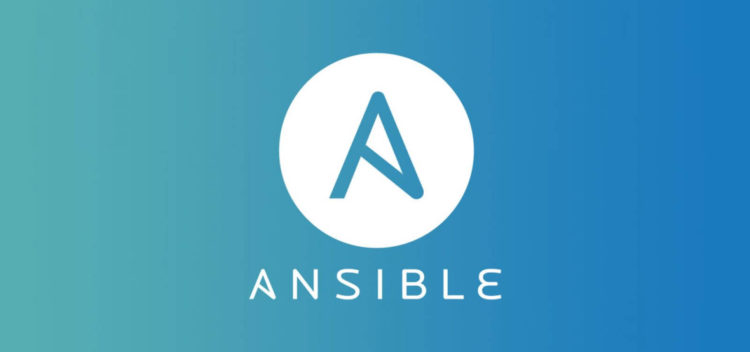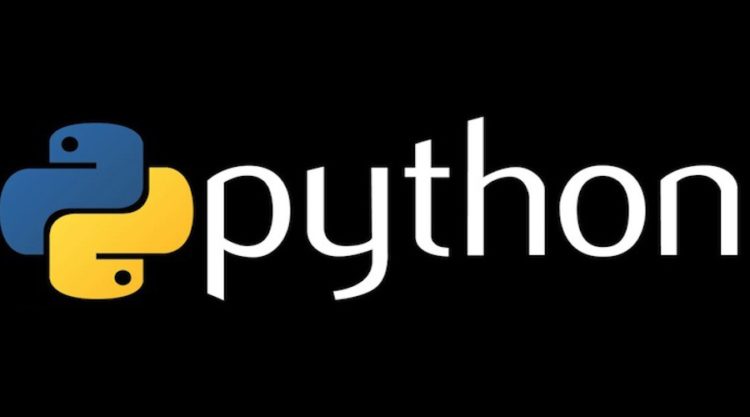Chef is a configuration management tool written in Ruby and Erlang. It uses a pure-Ruby, domain-specific language (DSL) for writing system configuration “recipes”. Chef is used to streamline the task of configuring and maintaining a company’s servers, and can integrate with cloud-based platforms such as Internap, Amazon EC2, Google Cloud Platform, Oracle Cloud, OpenStack, SoftLayer,…Continue reading Chef: installation and few basics
Ansible: Your First Playbook
In my previous tutorial I had shown you how to install and configuration Ansible in a vagrant machine. We have learnt about few very basic Ad-hoc commands as well. Today I am going to discuss about Ansible-playbook which is vital one. In last article I have deployed four vagrant machine of two different OS and…Continue reading Ansible: Your First Playbook
Ansible: Step by step Installation and configuration on vagrant machine.
Ansible is an open-source software provisioning, configuration management, and application deployment tool. It runs on many Unix-like systems, and can configure both Unix-like systems as well as Microsoft Windows. It includes its own declarative language to describe system configuration. DevOps culture is a recent hot cake trend in IT industry and Ansible is one it’s vital tools. I assume that audience of this tutorial are familiar…Continue reading Ansible: Step by step Installation and configuration on vagrant machine.
The ‘Pointer’ in C++, demystified. [Part-2]
In Part 1 of this series we explored the conceptual landscape of Pointer in C++. We discussed Pointer definition, how a Pointer variable declare, reference and some primary concepts on Pointer . In this article I’ll share a some additional intermediate level examples from the Docker ecosystem that you need to know. At first write following program …Continue reading The ‘Pointer’ in C++, demystified. [Part-2]
The ‘Pointer’ in C++, demystified. [Part-1]
When I first started learning C++, it took me some time to understand the Pointer in C++ and be able to quickly identify Pointer is a variable that point to another variable’s memory address. I found that the hardest thing about understanding the Pointer is that you usually forget the different cases and situations that you have read…Continue reading The ‘Pointer’ in C++, demystified. [Part-1]
Python Package
In the last post I discussed about Python Module. From last post we came to know that a Python module is simply a Python source file, which can expose classes, functions and global variables.So, what is Package? The simple striate-forward answer is “A Python package is simply a directory of Python module(s).” Make a Package…Continue reading Python Package
Python Module
What is Module Module is logical organize of reusable Python Code. Module groups the related code for easy to understand and use. As we know almost everything on Python are object, Module is also an object that can be bind and reference. Simply, a module is a file that define functions, classes and variables. A…Continue reading Python Module


